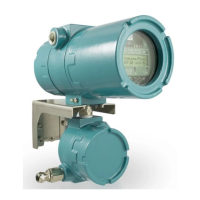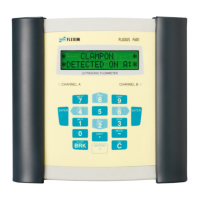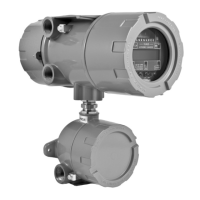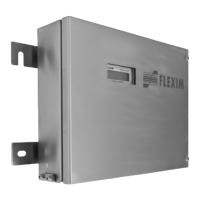14 Outputs (TF7-*721**-******-******a-*****-**; a = U, V, D)
FLUXUS H721 14.2 Activation of a binary output as pulse output
151
UMFLUXUS_H721V1-5EN, 2022-05-15
•Select On to test the energized state of the output.
• Press ENTER.
The value has to be low ohmic.
•Select Off to test the de-energized state of the output.
• Press ENTER.
The value has to be high ohmic.
•Select Repeat to repeat the test, Finish to display the next menu item.
• Press ENTER.
.
•Select Yes to test the status of the output signal. Select No to display the next menu item.
• Press ENTER.
•Select Passive (idle state) or Active in case a event has been selected as source item.
• Press ENTER.
Depending on the selected switching condition, the value has to be either high or low ohmic.
•Select Repeat to repeat the test, Finish to display the next menu item.
• Press ENTER.
14.2 Activation of a binary output as pulse output
A pulse output is an integrating output which emits a pulse when the volume or the mass of the fluid which has passed the
measuring point, reaches a certain value (pulse value).
The integrated quantity is the selected physical quantity. The integration is restarted as soon as the pulse is emitted.
Before the activation, the binary output has to be configured.
• Select the list item Binary B1 in the menu item Outputs.
• Press ENTER.
• Select the list item Pulse in the menu item Source item.
• Press ENTER.
• Select a list item (here: Pulse +V).
• Press ENTER.
Options\Channel A\Outputs\...\B1 Enter test value
Options\Channel A\Outputs\...\B1 Test mea. range
Options\Outputs\...\B1 Enter test value
The activation of a binary output as pulse output is only possible for binary outputs supporting a pulse output.
Options\Channel A\Outputs\Binary B1
Options\Channel A\Outputs\Binary B1\Source item\Pulse
Options\Channel A\Outputs\Binary B1\Source item\Pulse\Pulse +V
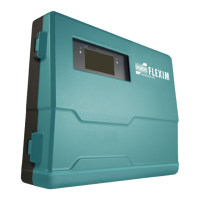
